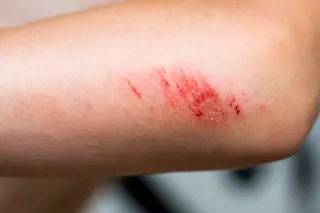For quarantine cuisine, many of us are reaching deep into the kitchen pantry and freezer — recovering canned soups and frozen veggies, purchased who knows when. Though we may wonder, “Are these the same peas I used to ice my sprained ankle?” we’re confident the contents are edible. Perishables last for years thanks to modern methods of preservation, such as freezing, canning, vacuum-sealing and chemical additives.
But how did ancient people preserve their foods?
It’s a problem that every society, from the dawn of humanity, has faced: How to save food for figurative rainy days — away from microbes, insects and other critters eager to spoil it. Over the years, archaeologists have found evidence for a variety of techniques. Some, like drying and fermenting, remain common today. Others are bygone practices, such as burying butter in peat bogs. Though low-tech, the ancient ways were effective — clearly, as some of ...














